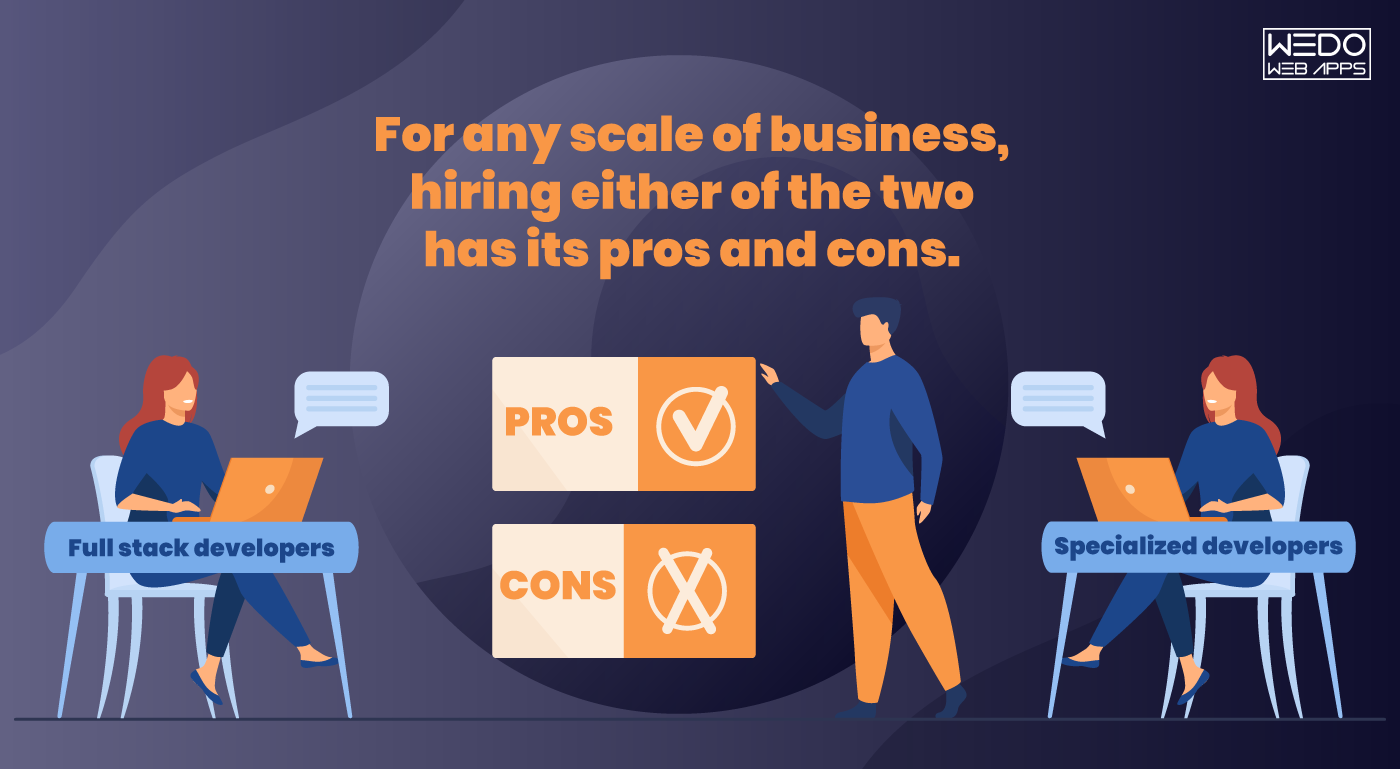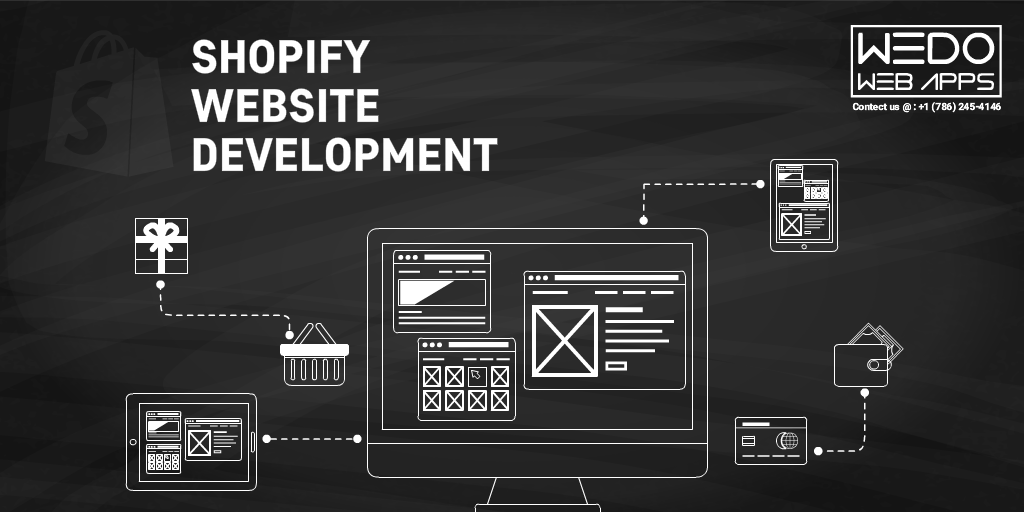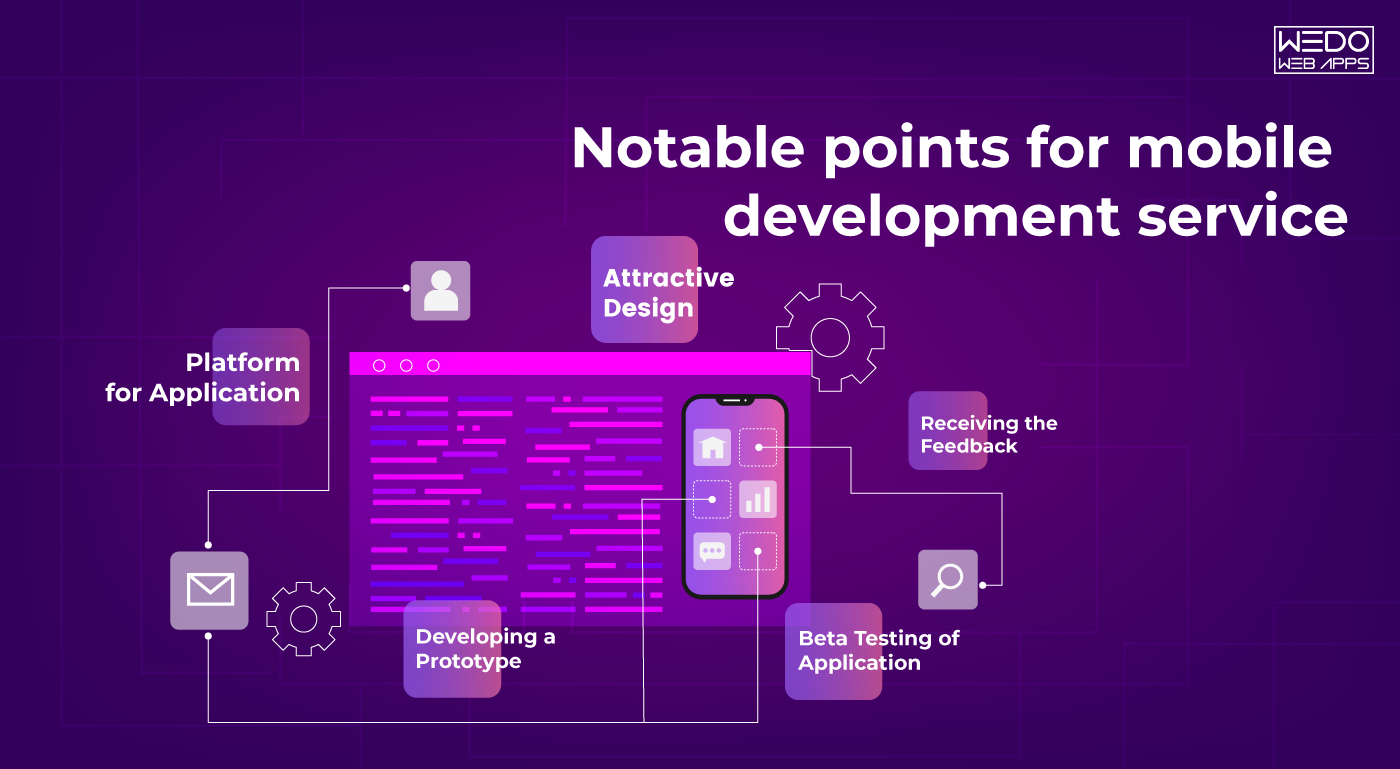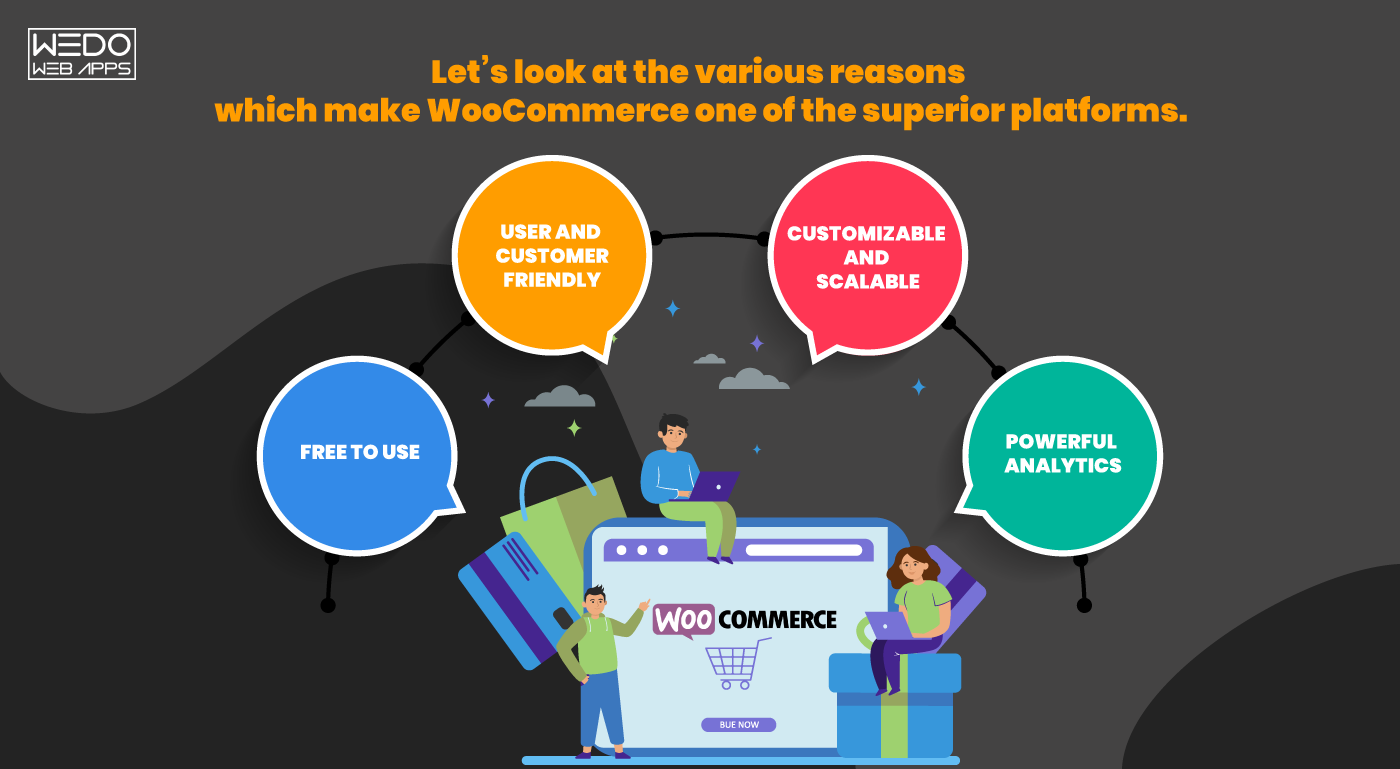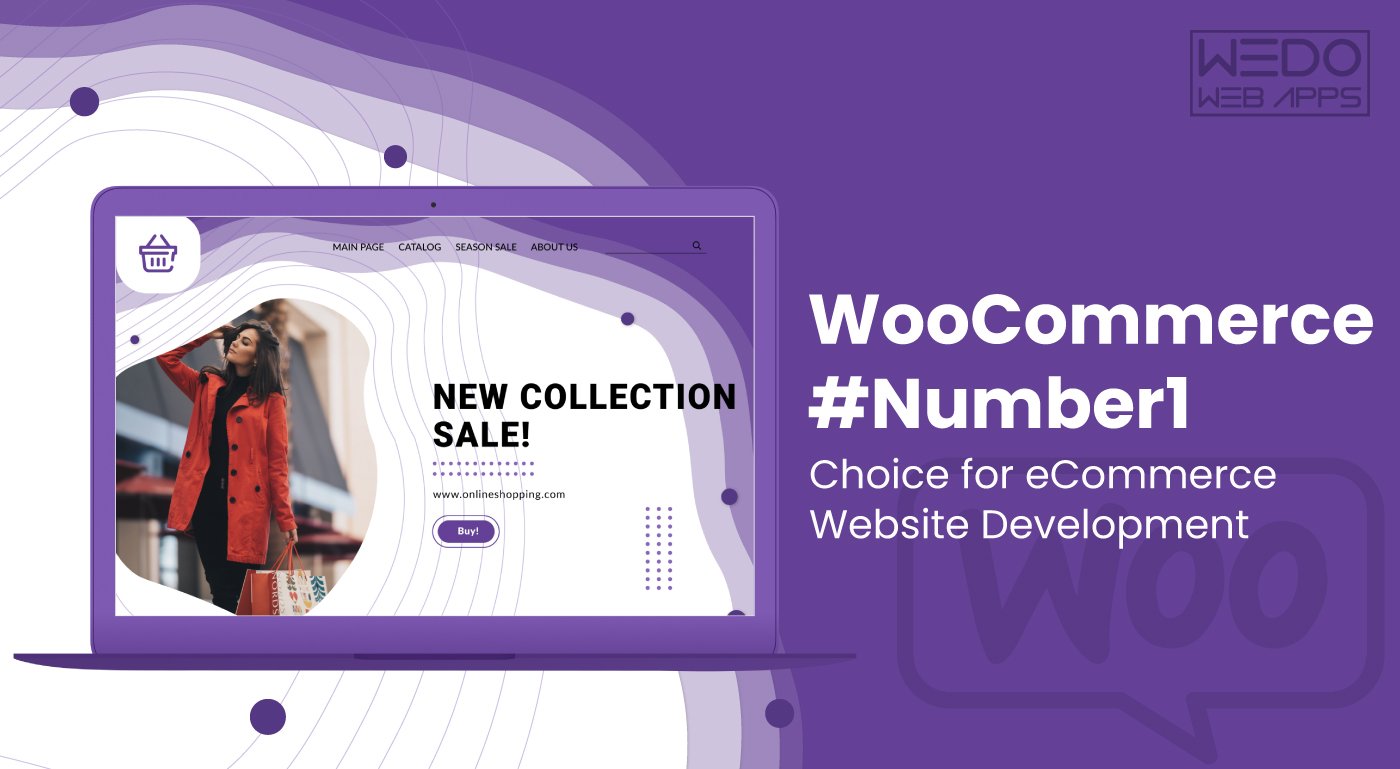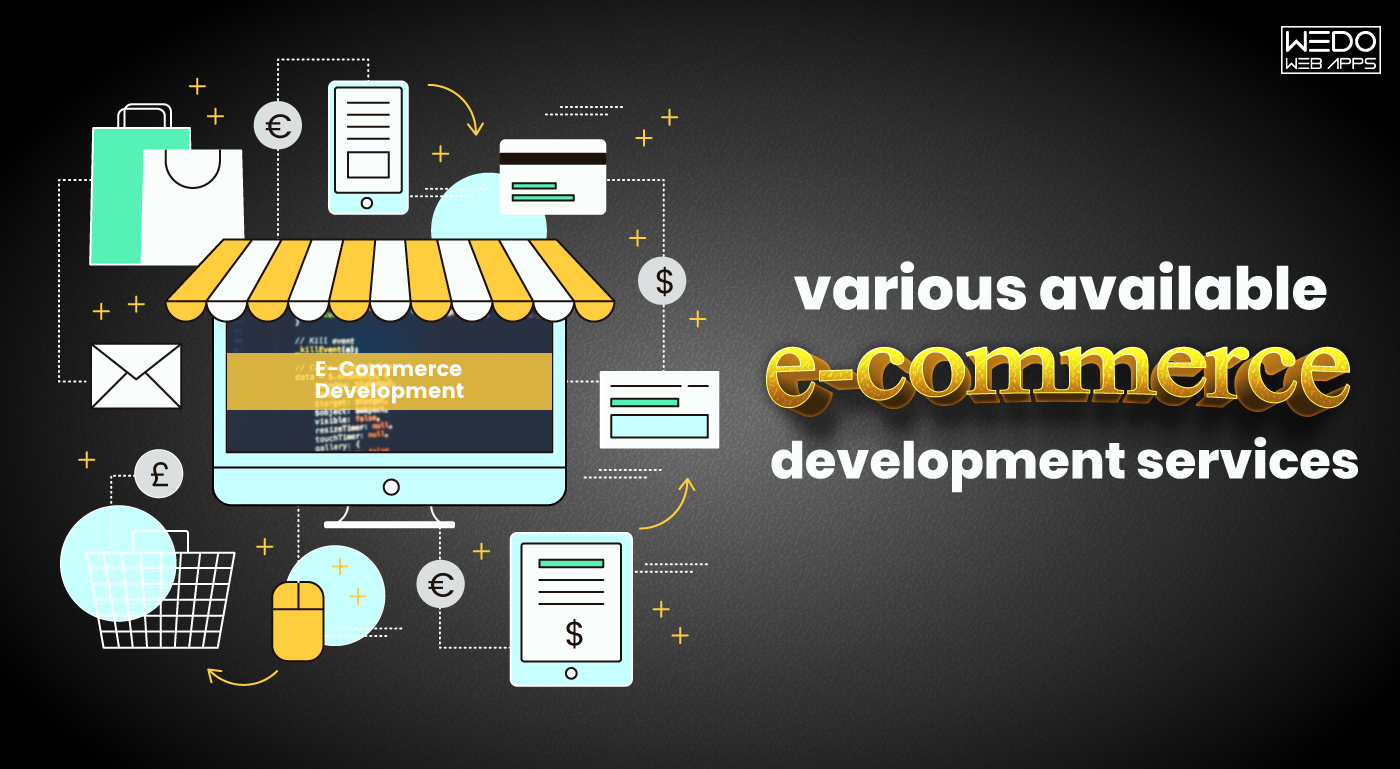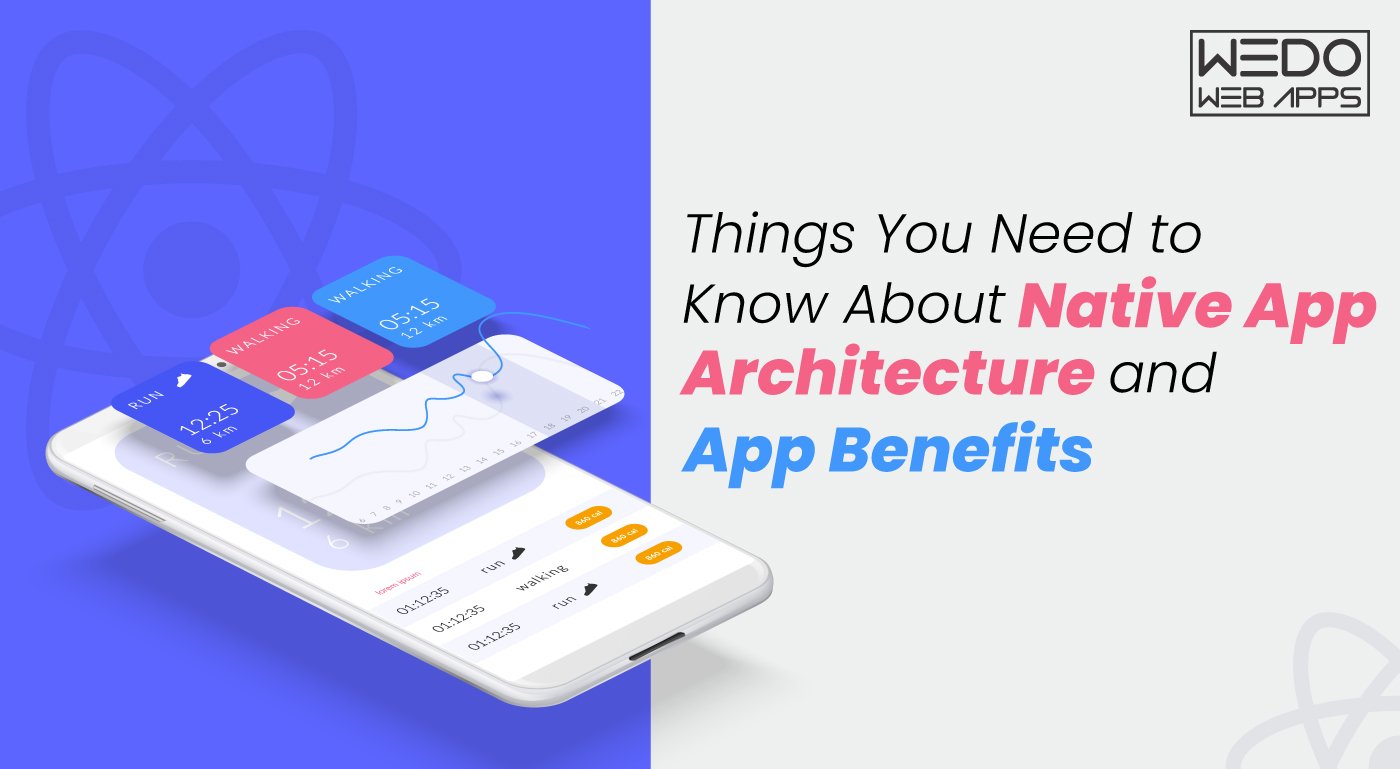These days, when the internet overruns our lives, online shopping has become immensely popular. Where there were around 1.92 billion online buyers in 2019, the expected number of online buyers in 2020 was 2.05 billion. And in 2021, the expected number of digital buyers is 2.14 billion.
Irrespective of where the online buyers buy their products from, online buying is gradually increasing with time. Now that it is a pandemic, people are scared of going to the physical stores for shopping, and they prefer buying their stuff from online stores. Thus, building a solid online presence is very vital to make good sales. If you have not yet jumped into eCommerce web development, it’s never too late.
There are several ready-to-use eCommerce platforms that have made website development seamless and efficient. Magento 2 is the most suitable option among various other eCommerce platforms because of its unique features, functionalities, flexibility, scalability, and customizability. Robust performance is the plus point.
In this article, we will discuss why Magento 2 is the right choice for website development and will also provide a step-by-step guide to develop a Magento 2 eCommerce website. So, let’s dive deep into it.
But first, What is Magento 2?
An open-source eCommerce platform developed by Roy Rubin and Yoav Kutner under Varien Inc., released on March 31, 2007; Magento 2 is very useful software for building your digital presence and is currently the most comprehensive custom eCommerce development platform.
Magento is one of the highly used content management systems for creating engaging online stores by its robust and scalable architecture. It can go well with the latest technologies like PHP7. This means a faster loading time as compared to Magento 1. Magento 2 enables users to update their eCommerce websites automatically.
Due to the rich features and extensible codebase of Magento 2, organizations with small and large operations worldwide use it for a wide variety of projects. As a result, Magento custom development is highly in demand in 2021, and the market will continue to increase.
Why is Magento 2 the Right Choice for eCommerce Website Development?
In this tech-savvy world, any retailer thinking to build a successful digital presence is the smartest decision they can make. However, a suitable platform is required to build that presence. And among all the available eCommerce platforms, custom Magento development can be the right choice to kick start your business. Wanna know why Magento 2 is the right choice? Let us get to that straight.
1. Open-source Platform
The best part of Magento website development is that Magento 2 is open-source. This means it allows developers to build an attractive and engaging eCommerce store by integrating the extensions. It offers a multitude of extensions, themes, and many more to make your Store one of the best storefronts on the internet.
2. Numerous Customizations and Tools
This eCommerce platform offers customization facilities by which you can develop the storefronts according to your business requirements. In addition, various analytical tools like Google Analytics, bigCommerce Analytics, Inspect Let, etc., can be easily integrated with Magento 2.
3. It comes with a Digital Marketing Assistant.
Being an open-source platform, Magento 2 offers SEO, meta tags, site maps, URL suggestions, keyword suggestions, etc., to optimize your eCommerce store. In addition, Magento 2 comes with an in-built digital marketing assistant that assists businesses in managing traffic. All the digital marketing features in Magento 2 have helped the companies to rank their eCommerce storefronts to the top of the search engine.
4. Mobile-Friendly Websites
Smartphones these days are the basic necessity of a human. Approximately 70% of the people prefer buying products from their mobile phones, making it crucial for the businesses to develop their website mobile-friendly. With Magento 2 web development, one can easily drag and drop, zoom in and zoom out, or slide the products listed on the website. These features make Magento 2 stand out from the competition.
5. Provides Security
Providing security to the eCommerce platform is very necessary to keep it safe from hackers. If you want your website to be safe from hackers, I advise you to Hire Magento Web Development Company that specializes in providing security to your websites. Magento 2 offers high-level security to eCommerce websites. With 5 folders in the root directory, it makes websites less vulnerable to cyber attacks. Hence, it ensures developing secure eCommerce stores.
Master the art of eCommerce with our web development services, tailored to leverage Magento 2’s powerful features for creating engaging online stores. Dive into how we can help build your ideal eCommerce platform!
Let’s get an idea about the top brands using Magento 2 for eCommerce website development.
Magento 2 being the most used eCommerce website development platform, you would be surprised to know how many companies are using Magento 2 for the benefit of their business:
- Fred Perry
- Hermès
- Christian Louboutin
- Paul Smith
- Missguided
- Oliver Sweeney
- Kurt Geiger
- Agent Provocateur
- BVLGARI
- Nike
- Liverpool FC
- Helly Hansen
- K Swiss
The list continues to go on. But, you can see so many big companies using Magento 2 for their business website development and competing in the agile market. Due to the obvious reasons mentioned above in this blog – the reasons to choose Magento 2 for eCommerce website development.
OK, so how to build a Business Storefront using Magento 2?
Read also: Hire Dedicated BigCommerce Developers
How to Build an eCommerce Storefront Using Magento 2?
Now, as we know that Magento 2 has robust development tools and features that can give your website a promising online business launch, let’s go through the critical steps to develop an eCommerce website using Magento 2.
In this blog post, let us learn the process to set up an eCommerce website using Magento 2, as this is the most used platform among eCommerce businesses. So, here goes the steps for the same:
Step 1: Review the Technology Stack Requirements
Like other web development platforms, even Magento 2 has specific technology stack requirements, which are as follows:
OS: Linux x86-64, and other Linus distributions. Magento 2 is currently not supported by iOS or Windows. However, you can develop the Magento 2 websites locally on Mac and Windows using virtualizations and NAMP applications.
Web Server: Apache 2.4 or Nginx 1.x. For Apache, you need to enable Apache mod_rewrite and mod_version modules.
Memory: At Least 2GB of RAM is required to install and update Magento 2 and other extensions.
Database:
- MySQL 5.6 – Magento 2.0.x and 2.1.1
- MySQL 5.6, 5.7 – Magento 2.1.2 and higher
- MySQL 8.0 – for On-premise installations
PHP: PHP 7.2 and PHP 7.3 is supported by Magento 2. Magento 2.4 – the new version of Magento 2 supports PHP 7.4.0. To optimize performance and avoid the common issues, you must jot down the PHP extensions, PHP settings, PHP OPcache.
Security:
- Secure Socket Layer Certificate for HTTPS
- Transport Layer Security for PayPal integration.
Mail Server:
- Mail Transfer Agent
- SMTP server
Step 2: Select the Hosting Provider
To ensure your website’s stable performance and build a successful online business, choosing a reliable web hosting provider is imperative. Always remember that the hosting services you choose should satisfy Magento 2 system requirements. Many hosting vendors in the market offer the required equipment and tools for running Magento 2. Moreover, some people specialize in the platform and provide one-click installation.
Choose a server with a fast response time. If you want to improve the conversion rate of your Magento 2 website, it should not take more than 2 seconds to load. Therefore, always evaluate before choosing any hosting provider. The hosting plan for Magento 2 and other payment gateways should always contain SSL certificates. Instead of choosing a hosting plan according to your current business requirements, choose a plan that is scalable to your future needs.
The Magento 2 Hosting price may vary from company to company. However, always choose a reliable one rather than going for low costs. Lastly, there are always potential issues that may lead to a website shutdown. Therefore, you will need a dedicated team who is ready to support you 24*7. These factors are essential to be considered while choosing a hosting provider.
Step 3: Download and Install Magento 2
Downloading and Installing Magento 2 right away is a controversial topic. Some people think that the new versions take time to get stable, whereas Magento 2 always recommends staying updated with the latest versions, i.e., Magento 2.4.0. You can get Magento 2 open-source from the official website of Magento.
Once you have downloaded and installed Magento 2, follow this path to get to a page where you can download the package: Product> Where to Start> Get Started, or Resource> More Resources> Download Release and Patches, or community> Connect> Get Open-source.
Now, choose a method to install Magento 2. There are two popular options for online businesses: Composer and Achiever. With this step, you can download Magento 2 with or without the sample data. As a Magento web development company, we recommend you choose the composer option for most situations. Nonetheless, you will need technical skills to use the composer method. If you are a beginner in Magento 2 and lack technical skills, it is better to hire an experienced Magento website development company.
Step 4: Complete General Configuration
Once you have installed Magento 2 successfully next, you should complete the essential information for your website.
From the Dashboard, go to Stores> Settings> Configuration> General. Here, finish the basic initial settings regarding country, region, languages, store name, etc. Filling the initial settings is crucial for legal compliance and the customers to get a clear idea about your business. The information provided by you will be present in the emails sent by your website.
Step 5: Update your Store Design
An excellent user experience is something that customers always consider while they visit any online store. In addition, the beautiful appearance of the website can impress online buyers. Therefore, it is necessary that you develop a visually appealing and user-friendly website.
From the dashboard, you can navigate to Content> Elements. From here, you can create pages, blocks, and widgets. In this, you can create pages to showcase your catalog and other helpful information. Blocks allow the admin to add and manage the HTML code. Finally, widgets can be added to HTML codes for improving the core functionalities.
Now that you have created the CMS pages, blocks, and widgets, the next step is to customize your website’s visual by going to Content> Design> Configuration. Then click on the edit button to customize the website you want to set up. Apart from these basic settings, it is vital to configure your website’s theme. The correct and visually appealing theme plays a crucial role in attracting more and more customers to your website.
As a business owner, you can choose the default theme or customize a theme on your own. A default theme called LUMA is available with Magento 2, which consists of anything you need to start selling. If you do not want to use the default theme, you can even shop the theme templates from the 3000+ themes available on the Magento Marketplace. Here you can find a theme that is specially designed for your offerings.
Step 6: Configure Catalog
Products/Services, categories, subcategories are the vital components of any eCommerce website. Magento 2 provides you the right to add or upload and manage your catalog efficiently. With Magento 2, you can create as many categories and subcategories as you want to be on your eCommerce store.
How to add a new product to your storefront? Catalog> Products> Add Product. Following are the categories you can use to define your product: Simple Product, Grouped Product, Configurable Product, Virtual Product, Downloadable Product, or Bundle Product. Product Name, SKU, Price, other attributes, description, product images or videos, and so on. These are the sections available on Magento 2 for adding a new product.
If you want to import products in bulk, you can do it via a CSV file by following this path: System> Data Transfer> Import. After that, categorization can be done. Arranging the products with the categories and subcategories helps the customers to navigate to what they want quickly.
People developing a website using Magento 2 always make the mistake of creating layers of subcategories, due to which the customer has to click 3-4 times to reach the final product page. This irritates the customer, and they leave your website. Therefore, if you want to develop an eCommerce website, we would suggest you hire a professional custom Magento development company as they know what your customers actually want.
Read also about PSD to Drupal and Magento Conversion
Step 7: Set up a Shipping and Payment Method
When it comes to eCommerce websites, shipping and payment methods impact the abandoned cart rate. This is not the issue with Magento 2. Magento 2 offers a wide range of shipping and payment methods that give shoppers various ways to pay for their purchases.
If you want to find the shipping method configuration, you can find it under the Store> Settings> Configuration> Sales> Delivery Methods. With Magento 2, you also get the option to set up for allowing multiple shipping addresses and define numerous product categories for different shipping addresses.
When you check the Payment method bar, you will get the various payment methods you can set up for your eCommerce website. These payment methods include PayPal, Braintree, Klarna, Check/Money order, Bank Transfer, AmazonPay, COD, etc.
You can set up your payment method and configure your integrated payment gateways. Magento 2 even enables you to extend payment options with third-party payment modules or API integration.
Step 8: Preview and Go live
When all the above steps are performed well, recheck your website to ensure everything is placed correctly.
If you are configuring your website locally, the last step you need to perform, i.e., push your files on the webserver. Once this is done, your website is now live on the internet for the customers to enjoy shopping.
Summing Up
Magento 2 is a compelling eCommerce website development platform that is always in high demand and will continue Advantages of using Magento 2 for e-commerce website development include a wide range of customization options, scalability, and strong support for SEO and marketing to grow. If you want to get your website developed by a professional Magento web development company, WeDoWebApps LLC is the right choice for you. Contact us and share your requirements for unique website development and delivery. Contact us for Magento developer Florida.
